Orientation and Mobility Services
| Orientation and Mobility training helps those with macular degeneration or who are visually impaired to get around safely and comfortably at home, at work, out shopping, at church or at the airport. |
A person who helps teach someone how to orient to their environment may be a specialist that you are not familiar with. O & M specialists will help you to have more confidence by teaching you to:
Utilize your peripheral vision
Utilize your other senses
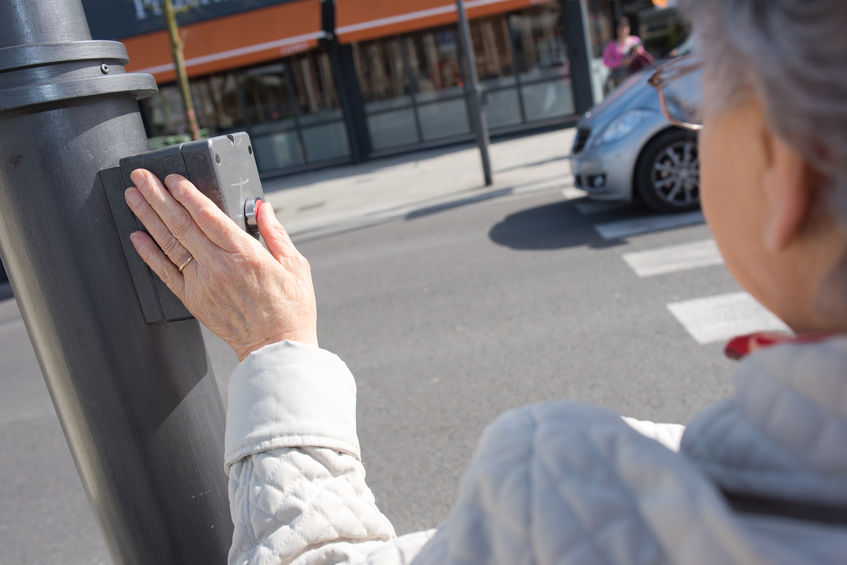
Use another person traveling with you
Use a white cane
Use a dog guide
The method(s) chosen will be determined by your current visual status, the ability to detect dangerous obstacles (such as stairs, curbs, moving vehicles or people) in enough time to react safely and, of course, personal preference.
Lynne Laney is one such specialist that has helped many people with macular degeneration in ways that you may not even know are possible. Lynne Shares with us how this special training helps someone with macular degeneration and how it can benefit anyone who has experienced some kind of vision loss.
Specialist for O & M
1. Tell us a little about yourself - your education, background, credentials and what you are doing now.
I am Lynne Laney a retired Orientation and Mobility Specialist and Teacher of the Visually Impaired with over 30 years of experience teaching children with visual impairments.
I have two lifetime California credentials and a Master's in Special Education. Since August of 2009, I have been a coordinator for the Center for Visually Impaired Adults in Placer County, CA. which is an all-volunteer program created to replace a 34 year old program that had been funded through Adult Education and other sources. The previous program had to be dismantled due to funding issues.
We serve between 20 and 25 seniors on Wednesday mornings offering low vision technology training, activities for daily living skills training, beginning white cane travel, Braille and various other educational and entertainment presentations. The majority of our participants have AMD.
What is Orientation and Mobility Training?
2. Explain to our readers what is Orientation and Mobility training. Is it a one time session or several sessions?
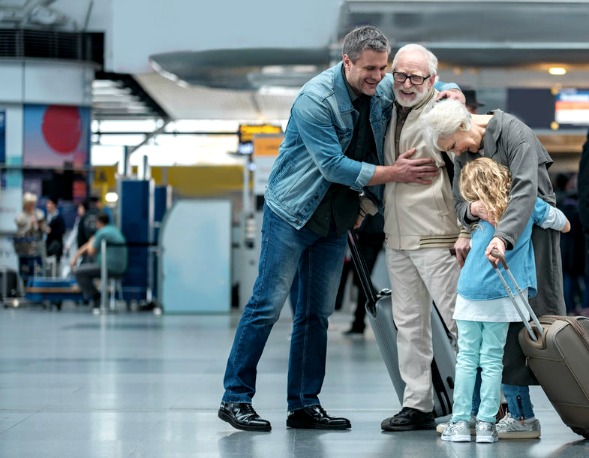
Orientation and Mobility is the art and science of teaching skills for safe travel and independence for persons who have a visual impairment. The the CA Association of O&M Specialists (CAOMS) state that: "Orientation and Mobility: Is A Basic Freedom. The ability to move independently, safely and with confidence through the environment is an essential element in human development and independence for all people." Returning WWII blinded veterans were the first O&M students at Hines in Illinois.
3. How does someone with macular degeneration or other macular disease benefit from O & M training?
Instruction is usually one-on-one in the student's home, work and in the community. The number of lessons may depend upon the funding source (Dept. of Rehabilitation, VA or private agency) and the O&M instructor and student will work together to assess the student's instructional needs.
Instruction can be on how to use monoculars or other low vision devices; how to use a long white cane or electronic travel aids, tactile compasses, etc. So vitally important to independence is how to use buses, rapid transit and cross streets safely.
The orientation component is how to travel efficiently using hearing, residual vision and other senses such as smell and touch (even through one's feet!)

Problem solving skills and asking for the correct information one needs from the public are important part of the process. Orientation to one's grocery store, church or temple, library or club could also could become lessons.
O&M training could eventually lead to the use of a guide dog depending, on the student's vision, health and independence needs. Guide Dogs for the Blind has O&M trained instructors on their staffs and they recognize the advantage of their potential student's previous O&M instruction.
4. Give us some examples of how O & M helps someone i.e grocery shop, use public transportation, or take a walk in their neighborhood.
Every AMD patient will have their own unique visual needs and their own individual mobility needs. My best recommendation is that the AMD patient have a Low Vision Assessment by a Low Vision Specialist. This assessment can determine what the patient's visual acuity, visual fields and perhaps the need for orange or yellow filters. These findings should be shared with the O&M specialist prior to the start of instruction.
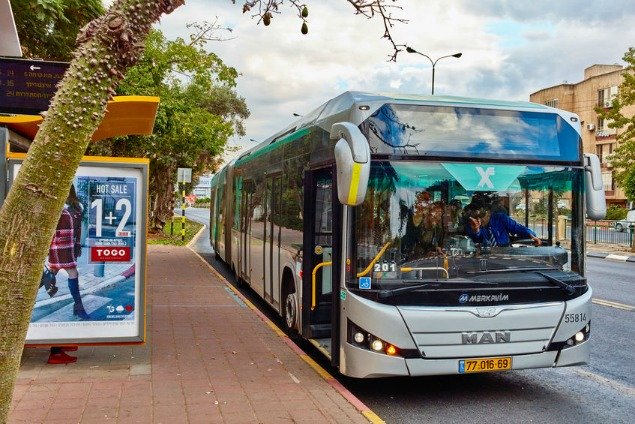
The patient is the best judge of how safe they feel in their independent travel. If their size of the binocular central scotoma increases, safe mobility may decrease. Light sensitivity and the extent of visual fields also influences mobility. Contrast sensitivity is vital in seeing steps, stairs and curbs indoors and outdoors depending on their vision and lighting. A patient may need to wear a visor outdoors or work with colored filters to improve contrast. Inside, ambient lighting can help with AMD
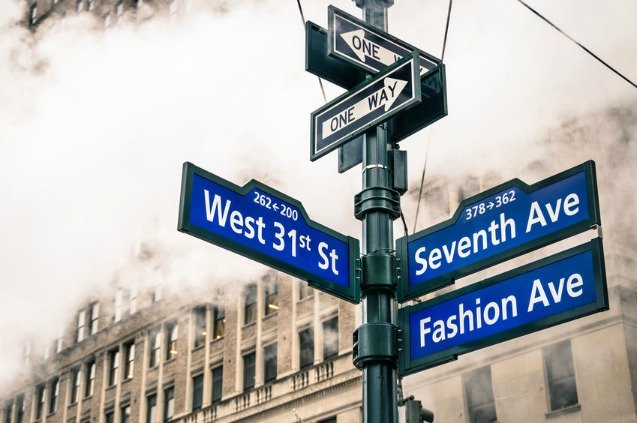
Reading street signs, bus schedules, bus and transit numbers/signs can challenge the AMD patient because of central vision loss. The Low Vision Specialist and O&M Specialist will work on compensatory skills or aids to assist the AMD patient with these tasks.
5. Give us an example of how O&M training can help someone get around independently?
The O&M specialist will complete an assessment plan which will lead to the development of lessons to meet the patients individual needs. The student's physical health, residual vision and especially hearing are part of the consideration for O&M instruction.
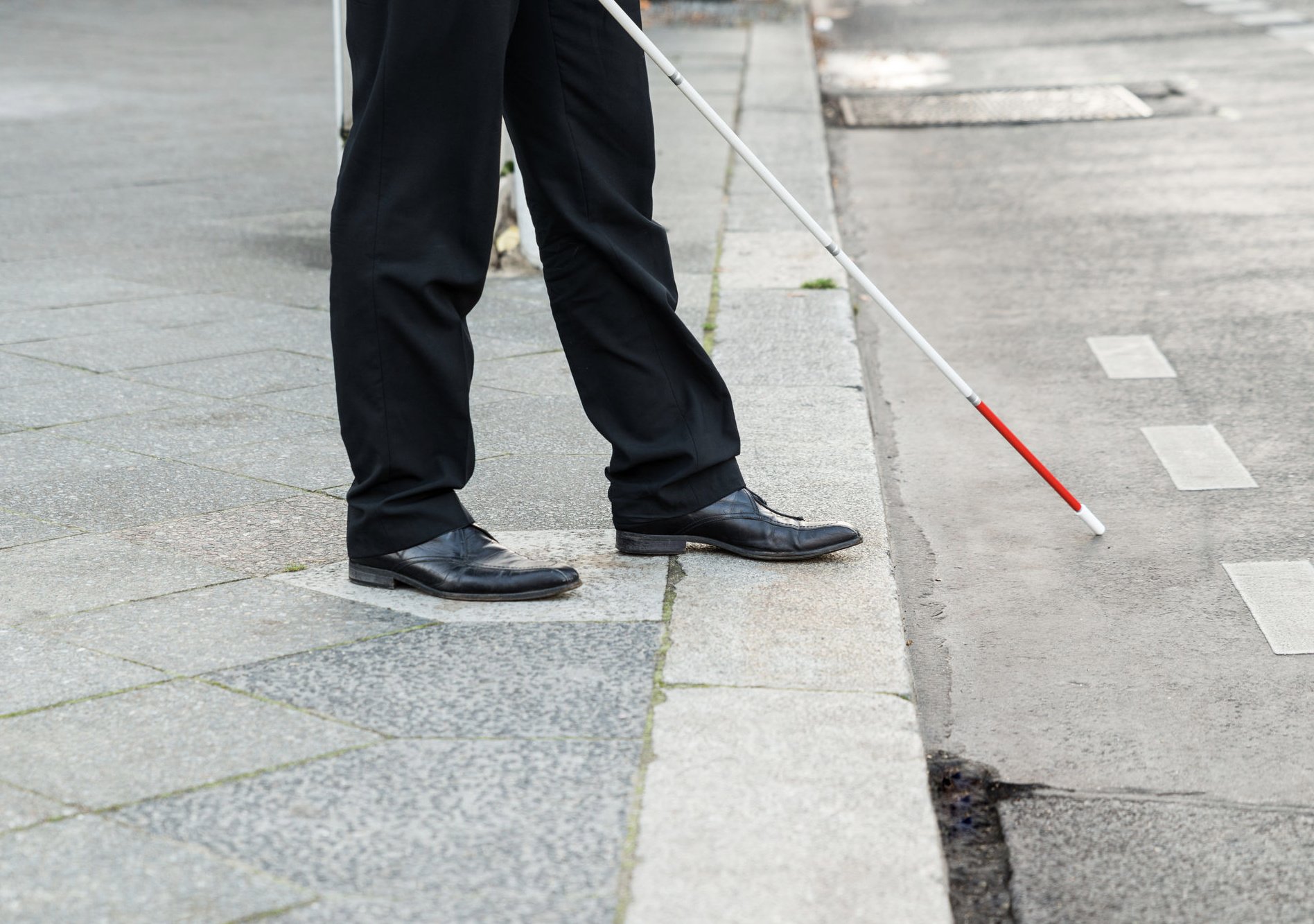
For example, for the goal of travel to a bakery from one's home and return:
Long white cane lessons and orientation to the closest bus stop from one's home
How to access and save a bus schedule
How to use permanent landmarks
How to use sensory clues (i.e. the smell of a bakery, gas station sounds);
How to contact the bus service and work with the bus driver will be reviewed.
Tactile, auditory, or enlarged maps or GPS devices can be used to supplement long white cane travel. Independence in travel is based on the student's mastery of the different levels of O&M skills. All skills build upon each other to lead to independent and safe travel.
6. Is it important for the caregiver to be involved in the training as well as the person with AMD?
The O&M Specialist will determine when the patient"s caregiver or family can be involved in the training. Important basic human guide skills and basic O&M information will certainly be shared. The patients caregiver, friends and family are important to the patients acceptance of a long white cane or other aids.
7. When should someone with AMD seek out an O & M specialist? When one is first diagnosed and/ or experiencing little vision loss or should one wait until the vision loss is more severe?
Macular degeneration can stabilize or progress and there is no "set-in-stone" recommendation for when a patient should seek O&M instruction. Gathering information from the patient's eye specialists is vital in the decision.
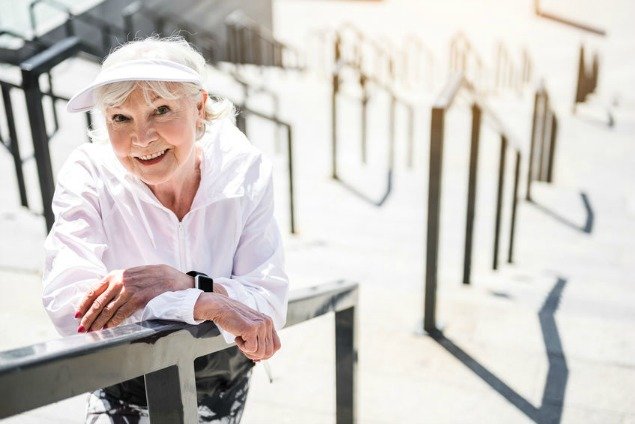
Again, safety in independent travel is the number one priority for the patient and their family. Often learning O&M,, technology skills and CCTV or Braille skills early on into the diagnosis is most beneficial for a patient.
8. Can someone with macular degeneration benefit from the use of a white cane?
Carrying a long white cane to identify oneself as having a visual impairment can be an adjustment for anyone. Instead of the public misunderstanding the need for the AMD patients asking for directions, the public automatically understands what the long white cane symbolizes for the person with visual impairment.
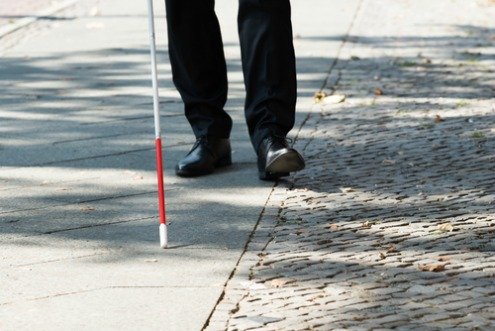
Use of the cane to locate curbs, drop-offs, holes in the sidewalk and stairs provides safety. For over thirty years, I have witnessed what a difference the use or the non-use of the cane makes out in "the real world." The cane is a source of empowerment and should be viewed as an extremely valuable tool.
9. How does one find an O & M specialist?
Hopefully, one's eye specialist will give a patient the information for their state's Dept. of Rehabilitation, VA (if a veteran) or local private agency for the visually impaired upon diagnosis. These agencies should be contacted first.
Otherwise, information is available from the American Foundation for the Blind, National Federation for the Blind, or Blind Veterans of America for local or national contacts for services for the visually impaired. You can also select Travel/O&M Training in the Vision Aware Directory.
10. Does insurance or Medicare or Medicaid pay for this service?
Medicare has been exploring pilot projects in determining payment for O&M and related services. A patients best resource is the Dept. of Rehabilitation, VA and local private agencies for receiving services and these services depend on one's individual situation.
Go from Orientation and Mobility to Macular Degeneration Specialist
Go from Orientation and Mobility to WebRN Macular Degeneration Home
